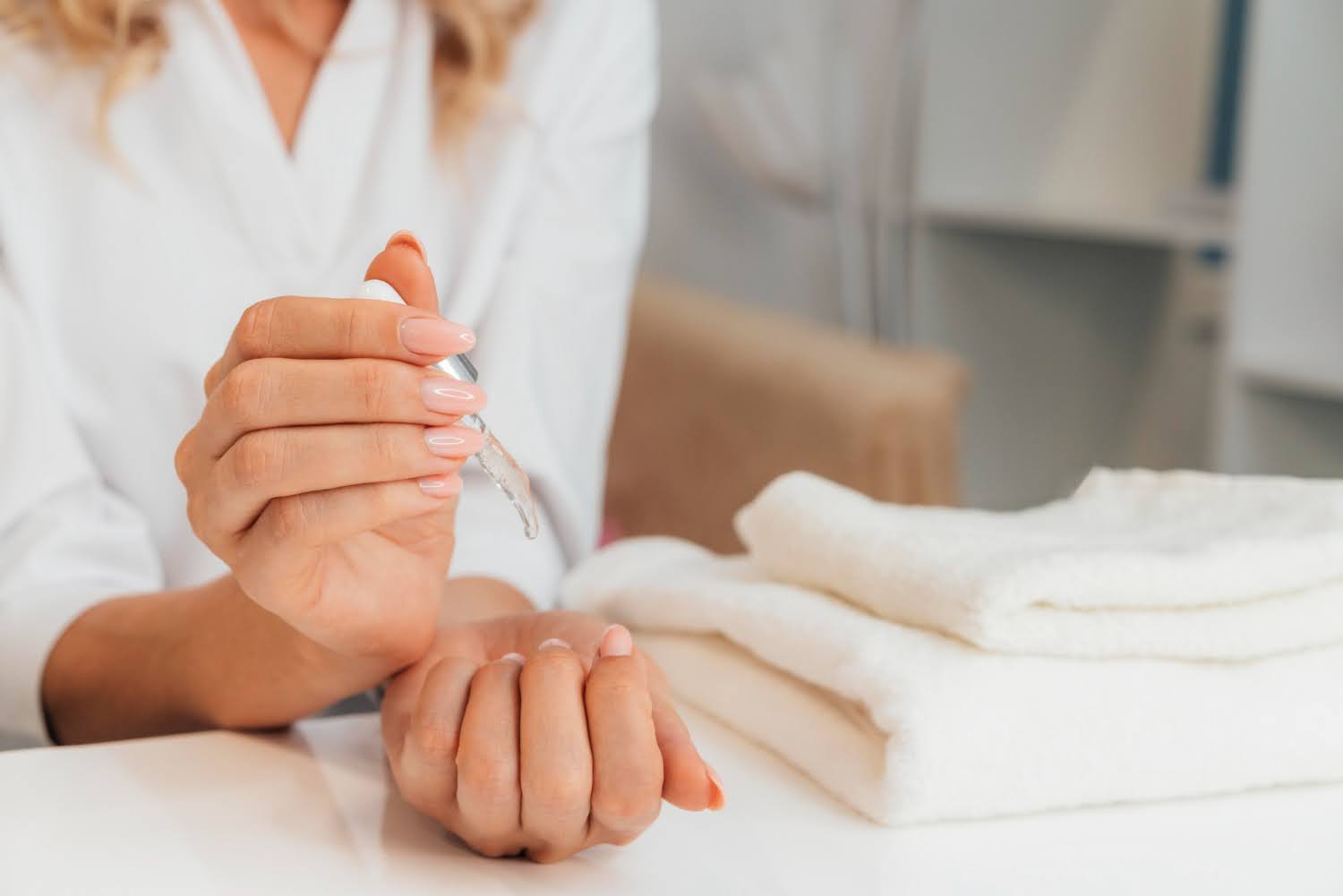
The cuticle, that thin layer of skin at the base of your nail, is a key player in keeping your nails healthy by shielding them from bacteria and fungi. While salon manicures often include cuticle trimming for a polished look, this practice can come with serious risks, especially if you’re unsure about tool sterilization. On the other hand, home cuticle care offers a safer, customizable alternative that tackles issues like thickened or peeling cuticles often caused by vitamin deficiencies without the health hazards. Here’s why ditching the salon for DIY cuticle care is the modern, savvy choice.
The Risks of Salon Cuticle Trimming
Salon cuticle trimming might make your nails look Instagram-ready, but it’s a gamble with your health. Here’s why:
- Infection Risks: According to the Mayo Clinic, cutting cuticles breaks their protective barrier, opening the door to bacterial or fungal infections like paronychia. Symptoms include redness, swelling, pain, and even pus. The University of Utah Health warns that poorly sterilized tools in salons can amplify this risk.
- Uncertain Sterilization: Even top-tier salons might skimp on proper tool sterilization. Unclean tools can spread infections like staph or fungus, which is especially risky for those with weaker immune systems.
- Skin Trauma: Overzealous trimming can cause micro-tears, creating entry points for infections. This is common when technicians cut too deep or use subpar tools.
Why Home Cuticle Care Wins
Home cuticle care puts you in control, minimizes risks, and lets you tailor your routine to specific issues like thickened or peeling cuticles caused by dry skin or vitamin deficiencies (like low biotin or vitamin E).
- Safety First: Using your own tools means you know they’re clean. A quick wipe with alcohol or boiling water ensures zero risk of infection.
- Handling Thick or Peeling Cuticles: For many, cuticles get tough or peel due to dryness or nutrient gaps. Instead of tearing at them (which can cause wounds and inflammation), curved manicure scissors let you snip away only the dead skin with precision, avoiding damage to healthy tissue.
- Customized Care: At home, you can tweak your routine to fit your needs. Soaking, moisturizing, and gentle pushing back of cuticles can address peeling or dryness without invasive cutting.
How to Nail Home Cuticle Care
DIY cuticle care is simple, safe, and effective when done right. Here’s a modern, no-fuss routine to keep your cuticles on point:
- Soak: Dip your hands in warm, soapy water for 5–10 minutes to soften cuticles. This makes them easier to work with and reduces the chance of tears.
- Moisturize: Apply a cuticle oil (think vitamin E or jojoba) and a rich hand cream to keep skin hydrated and prevent cracking.
- Push Back: Use an orange stick or metal pusher to gently nudge cuticles back. This clears dead skin without compromising the protective layer.
- Trim (If Needed): For thickened or peeling cuticles, use sterilized curved cuticle scissors to snip only the dead, flaky skin. Their curved shape ensures precision, avoiding cuts to live tissue that could spark inflammation.
- Maintain: Daily cuticle oil and hand cream applications keep cuticles soft and prevent peeling, especially if you’re tackling vitamin deficiencies with supplements like biotin.
Salon vs. Home Cuticle Care: A Side-by-Side
Here’s a quick breakdown comparing salon and home cuticle care, highlighting why DIY is the safer bet:
|
Aspect |
Salon Care |
Home Care |
|
Safety |
Risk of infections from unsterile tools |
Full control over tool cleanliness |
|
Control |
Depends on technician’s skill |
You call the shots |
|
Risk of Injury |
High with aggressive trimming |
Low with careful technique |
|
Thick/Peeling Cuticles |
Often over-cuts healthy skin |
Precise trimming of only dead skin |
|
Cost |
Pricey (varies by salon) |
Budget-friendly (oils, creams, scissors) |
|
Customization |
Limited to standard procedures |
Tailored to your unique needs |
Why Home Care is the Modern Move
Home cuticle care isn’t just safer, it's smarter. It sidesteps the infection risks of salons while letting you address specific issues like thickened or peeling cuticles. Curved scissors make it easy to trim only dead skin, avoiding the tears and inflammation that come from ripping or over-cutting. Plus, pairing your routine with daily moisturizing and a nutrient-rich diet (or supplements like biotin) tackles the root causes of cuticle issues, keeping your nails healthy and camera-ready.
Tool Recommendations
Stock up on these essentials for pro-level home care:
- Curved cuticle scissors: Perfect for precise trimming of dead skin without touching the healthy stuff. However, it's important to follow proper safety techniques to avoid cuts, irritation, or damage to the healthy skin and nail area.
- Orange Stick or Pusher: Ideal for gently pushing back cuticles.
- Disinfectant: Rubbing alcohol or an antiseptic to keep tools sterile before and after use.
The Bottom Line
Salon cuticle trimming might seem like a quick fix, but the risks of infections from unsterile tools and overzealous cuts outweigh the benefits. Home cuticle care, with its focus on safety, control, and personalization, is the modern way to go. Using curved scissors for precise trimming of dead skin, combined with consistent moisturizing and proper nutrition, keeps your cuticles healthy without the health hazards. Make the switch to DIY and take charge of your nail game.







